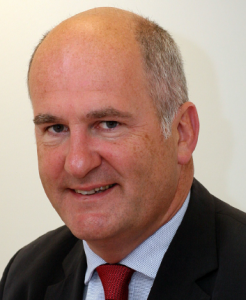In this issue we have some common themes. Four articles relate to the electrocardiogram (ECG) with the eminent Derek Rowlands and Philip Moore making a plea for formal ECG training for all doctors (see pages 47−8). Other articles cover Wolff-Parkinson-White syndrome (page 80), torsades de pointes (page 79) and Heather Wetherell continues her series on ECGs for the fainthearted highlighting whether we should trust our ECG machines (pages 62–3).

Another theme is coronary artery disease diagnosis with one article suggesting that following NICE guideline CG95 will reduce unnecessary computed tomography angiography (see page 78) whilst two other articles question whether the same guidance leads to too many invasive coronary angiograms (pages 75 and 77).
We also cover exercise for heart failure (page 76), atrial fibrillation screening (pages 64−8), radiation exposure (pages 72−4) and Raza Alikhan explains how to combat haemorrhage from ODIs (pages 69−71). ODIs stands for oral direct inhibitors, which most people now know as newer oral anticoagulants (NOACs). New or newer was always a mistake as eventually everything ages, including drug categories. Apparently those in power on the topic of nomenclature are currently debating what we call this group of drugs. One suggestion is ODIs, the other is that we stick with the acronym NOAC, but change the full name to non-VKA oral anticoagulation. That fudge gets my vote.
Last, but not least, we cover the launch of the much-awaited Joint British Guidelines version three, JBS3 (page 52). The first JBS guideline preceded the National Service Framework (NSF) and the then National Institute for Clinical Excellence (NICE). You might question the need for JBS following the establishment of formal Government approved bodies such as the NSF and NICE. The main difference is the JBS3 lifetime risk calculator, which is available at http://JBS3risk.com
JBS1 was published in 1998 and JBS2 in 2005. Those of you who are into simple arithmetic progression will have worked out that JBS4 is likely to appear in 2025. Or will it?
Terry McCormack
BJC Editor, and General Practitioner
Whitby Group Practice, Spring Vale Medical Centre, Whitby, North Yorkshire, YO21 1SD
